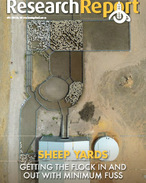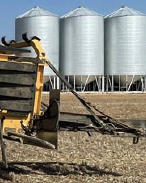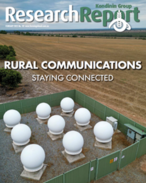Just like the price of any product, the price of ACCUs will ultimately be determined by demand and supply. But perhaps more than for any other product, the ways in which demand and supply develop will be influenced, and in some cases determined, by the overall policy context for carbon farming and greenhouse gas abatement in general.
Put another way, the demand for ACCUs arises from policy actions taken in Australia and overseas. Ultimately, those policy actions stem from a common understanding of climate science. The bottom line is that carbon emissions, or ACCUs, have a value when someone in the economy has a reason to pay for abatement.
This can occur voluntarily when the reason is based on personal commitment or corporate ethics. It can occur as a result of regulatory obligation (for example, under an emissions trading scheme). Alternatively, the government may have a reason to purchase the abatement directly.
Explore the full Workshop Manual: The business case for carbon farming: improving your farm’s sustainability (January 2021)
Read the report
RESEARCH REPORTS
1. Introduction: background to the business case
This chapter lays out the basic background and groundwork of the manual
RESEARCH REPORTS
1.2 Being clear about the reasons for participating
Introduction: background to the business case
RESEARCH REPORTS
1.4 Working through the business case for carbon farming
Introduction: background to the business case
RESEARCH REPORTS
1.5 Factors determining project economics
Introduction: background to the business case
RESEARCH REPORTS
1.8 Important features of the business case
Introduction: background to the business case
RESEARCH REPORTS
2. How carbon is farmed under the ERF
This chapter considers in detail the activities that constitute carbon farming
RESEARCH REPORTS
2.5 Carbon farming under the Emissions Reduction Fund
How carbon is farmed under the ERF
RESEARCH REPORTS
3. The policy context and the price of ACCUs
This chapter takes a broad look at the policy context for carbon farming






















